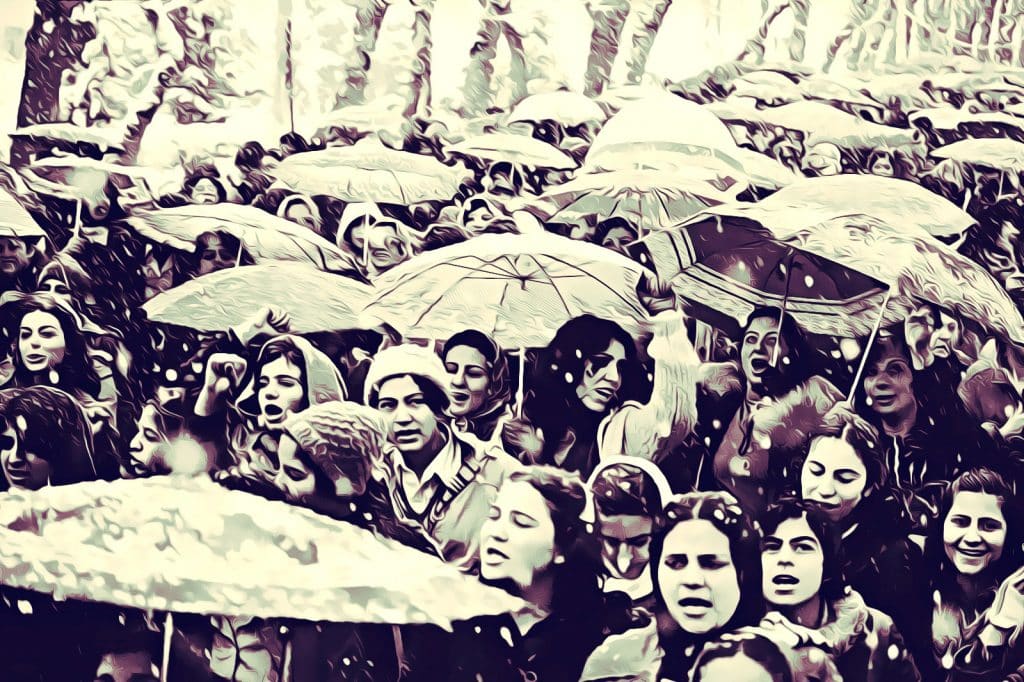Archives, where primary governmental or private documents are preserved for posterity, are indispensable tools for understanding the unknown territory we call the past. When dealing with a country like Iran, where archives are more often than not closed to scholars, and usually used or leaked selectively for expedient political goals, reliance on outside archives for mapping out that terra incognita becomes even more important. What do American archives, particularly the documents declassified in the last couple of years, tell us about the tectonic shift we call the 1979 revolution in Iran? What role, if any did the US play in the fall of the Shah and the momentous events that followed?
Surely Iran has had a long troubled relationship with the US, and in retrospect there is little doubt that the US played an important role in the fall of the Shah. Not a few conspiracy theories have been concocted from the many real, and imagined, actions, interventions, and advice offered by agencies and leaders of the US government. In writing my book on the Shah–first in English and then in Persian–I extensively used the available American archives–presidential libraries, declassified documents from the State Department, the Defense Department, White House, US Embassy in Iran, and occasionally declassified CIA documents. These documents are usually declassified no later than thirty years after they were drafted. Over the last three years, and since the publication of my two books, hundreds of thousands of pages of new documents have been either declassified or leaked.
What do the new documents tell us about the US role in the fall of the Shah and the rise of Ayatollah Khomeini? How about the Guadeloupe Conference? How extensive were Ayatollah Khomeini›s contacts with American officials? What about the role of the US embassy and or White House in the Iranian army›s declared neutrality? How informed or prepared were the Americans about developments in Iran before the revolution? How accurate were they in predicting or anticipating the most likely trajectory of developments after the fall of the Shah? How would I revise, or recast the narrative of my books on the Shah in light of these new findings? Are there any cautionary tales we must keep in mind when using these documents?
While the human memory is invariably fallible, even contemporaneous notes of events found in these governmental archives are at best selective renditions of reality. The work of history is akin to Sherlock Holmes and his impeccable combination of induction and deduction in finding the truth, of finding genuine clues, and dismissing false if not planted hints to lead us astray. In this detective-like search, archives are surely primary sources, but even they are most useful when we use them with suspension of simple belief. We must approach each and every one of these documents with due skeptical diligence. Even when we combine these carefully culled nuggets of archival facts, and combine them with other facts we mine from human memory, cultural artifacts, and literary and historical works, we must in humility accept that we can arrive only at contingent truths of history. We must, at all times, be ready to revise, rethink, reformulate or altogether refashion our contingent truths when faced with new archival evidence. In the labyrinthine puzzle of history, archival documents are the most reliable source for solving the puzzle of the past and making it more present.
This article originally appeared in the 2017 edition of Tirgan Magazine.

